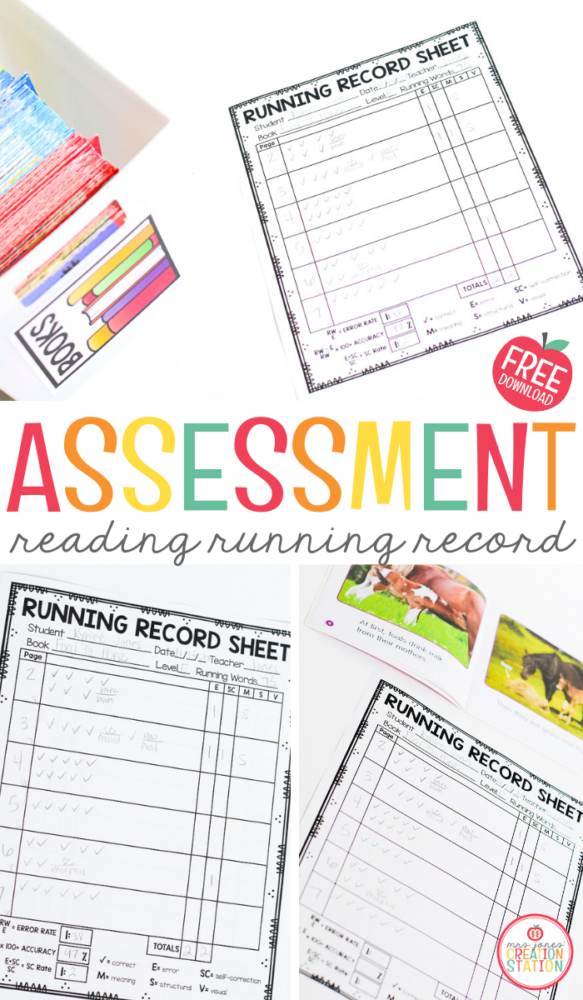

The teacher will write word for word what the student said in order to evaluate the student's comprehension. If the passage was in the student's instructional level (90%-94%), then the teacher is to immediately ask the student what the story was about.

The teacher will quickly score the student's reading performance. While the student is reading, the teacher is to mark each word as correct, mispronounced, omitted, asking for help, self-correctioned or as a repetition. Have the student read the word list or passage orally. For the reading passage, the teacher needs to activate prior knowledge. How: Before beginning, the teacher is to prepare a word list or reading passage. When: This assessment can be conducted as needed. 70 of the questions correctly, the students reading comprehension level is one level below the passage. Through miscue analysis, teachers are able to determine patterns in students' oral reading, which helps them to determine appropriate instruction for each student. Why: IRI's provide information about the students' reading stages and knowledge sources. Who: IRI passages range from pre-primer to high school level, but any passage may be used for any reading level. The research says that reading in areas of interest will motivate them to tackle more difficult text.What: Informal Reading Inventories (IRI) are individually administered diagnostic assessments designed to evaluate different aspects of a student's reading performance. If you could take a trip, where would you go?īased on the responses to these questions, you can utilize these topics in therapy and help the dyslexic choose texts of interest (e.g., books, magazines, comic books).What pets, sports, or art activities do you like best?.What school subjects do you find most interesting?.What are your favorite television specials, videos, DVDs, computer games, and Internet websites?.What television programs do you like the most?.What after-school activities do you like best?.What is the best book that you ever read yourself?.What is the best book that was ever read to you? Floyd County Public Schools does not discriminate on the basis of race, color, national origin, sex, disability, age, or on any other basis prohibited by law.One way to assess individual interests is by using a reading interest inventory such as the one below (adapted from Burns, Roe, & Ross, 1992, as cited in Rosalie Fink's 2006 book Why Jane and John Couldn’t Read-And How They Learned).

Interests can run the gamut-anything from history to sports to auto mechanics to personal biographies-anything really. Likewise, incorporating interests in therapy activities can be motivating for the individual. There are a bunch of different questions in this reader’s survey, and the teacher prepares a reading schedule for individual students based on their responses. Sometimes, it’s also called a reading interest inventory. So it is important that dyslexics are encouraged to read as much as possible and one way to get them to do this is by pursuing their interests. In simple words, reading interest surveys are surveys that let the teacher know about a student’s reading interest. Research has shown that the more one reads, the better one’s reading skills become. Ask clarifying questions of students to prompt them to share the name of the book, to give a summary of what the book is about, and to share why they like it. Have students turn and talk to share about one of their favorite books. Many successful dyslexics have reported that they became motivated to read when allowed to read in areas of interest. (10 minutes) Ask students to think about the books they like to read or have read aloud to them. Have an inventory of questions to assess reading interests.Understand the importance of reader interest when teaching and encouraging dyslexic students to read.Upon completion of this section, you will:


 0 kommentar(er)
0 kommentar(er)
